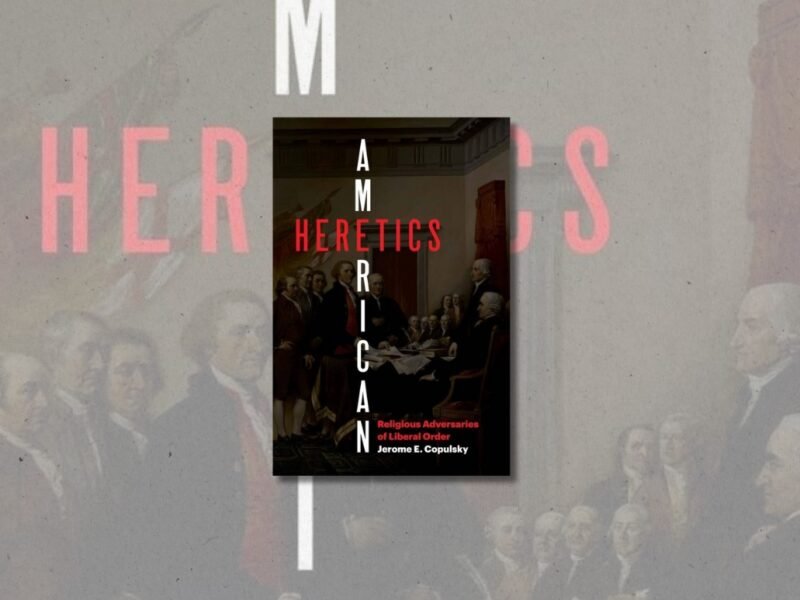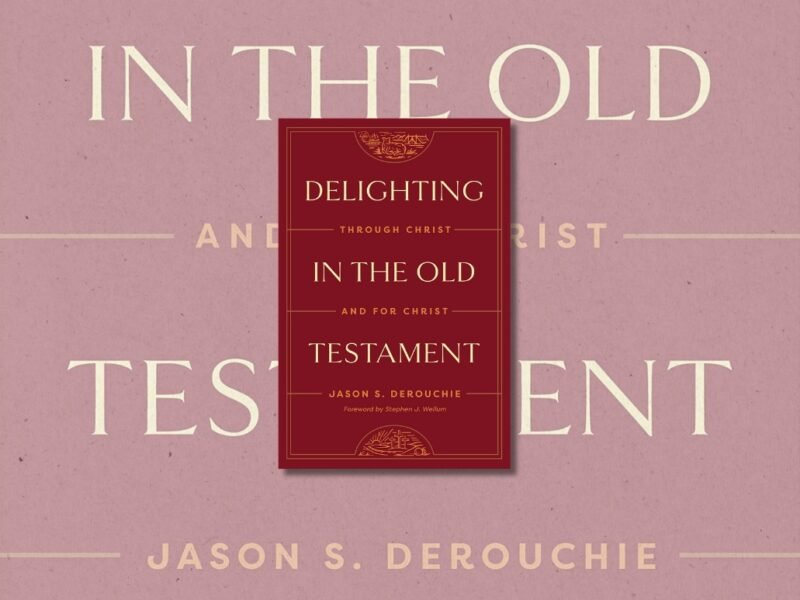Jesus and the Jewish Roots of Mary: Unveiling the Mother of the Messiah. By Brant Pitre. New York: Crown Publishing Group, 2018. 240 pp. $24.00 (cloth).
A collage of images from pop culture made up my earliest understanding of St. Mary – pictures picked up in the childish ways we begin to learn anything. There was the illustrated Mary in my Golden Book. There was the pink-robed Mary in the tiny children’s nativity my mom ordered from Avon. The image that would come to dominate all the rest was that of Olivia Hussey, who portrayed Mary in the 1977 mini-series, “Jesus of Nazareth.”
Growing up in a devout Evangelical household, these mental images matured only a little during my adolescence. I learned about the importance and implications of the Virgin Birth. About Mary herself, I learned nothing aside from what is written plainly in the New Testament. It was not until I took a few seminary classes and learned more about Roman Catholicism and Eastern Orthodoxy that I began to question the common, low-church Protestant position on Mary, wavering as it did between ambivalence and suspicion. I was intrigued by the ancient beliefs I read about: Mary as the Theotokos, the Ever Virgin, the Queen of Heaven. These images (or perhaps, icons) were weighty, powerful, and living. Once I started attending an Anglican church, I found that some of my church fellows, too, venerated Mary in the old catholic way. I asked questions, read articles, listened to lectures – but as interested as I was, I struggled with the lack of biblical support for so many traditional Marian doctrines. Then a Roman Catholic friend gave me Brant Pitre’s Jesus and the Jewish Roots of Mary last year, and I began to discover not only who Mary is in the great tradition, but who scripture itself says she is.
The key to understanding what the Bible says about Mary, according to Pitre, is to start in the Old Testament. He writes:
As I hope to show, far from being “unbiblical,” Catholic doctrines about Mary are deeply rooted in Scripture – if you interpret the New Testament in light of the Old Testament. Keep looking at the New Testament by itself, and you’ll never see them. Start looking at Mary through ancient Jewish eyes, and all will become clear. (12)
This is a bold claim, and Pitre does not disappoint. He balances engaging style with rigorous Bible study that any Protestant can appreciate, even if you don’t quite agree with all of his conclusions. He explains the method behind his thesis: “The key to understanding what the Bible teaches about Mary can be found in what is called ‘typology’: the study of the Old Testament prefigurations (or ‘types’) and their New Testament fulfillments” (10). Pitre structures much of his book around these types, spending a chapter on each. He explores Mary as the New Eve, the New Ark of the Covenant, the Queen Mother, the Perpetual Virgin, and the New Rachel. He also includes discussions about the birth of the Messiah and what happened at the foot of the Cross.
One of the more novel types Pitre explores is Mary as the New Ark of the New Exodus. Pitre begins his discussion by giving a brief history of the Ark of the Covenant in the Old Testament. He writes, “First and foremost, the Tabernacle where the Ark is kept is the dwelling place of God on earth” (45). Pitre highlights the coming of the glory cloud that descends from heaven to the Tabernacle (Exod. 40:34–35) and later the Jerusalem Temple once the Ark is brought to rest there (1 Kings 8:10–11). The Ark is later lost – or hidden by the prophet Jeremiah if you accept the record in 2 Maccabees. By the time of Christ, the Ark is no longer in the temple. Because the Ark is gone, so, too, the glory cloud of God in Israel. The cloud returns, according to Pitre, at the Annunciation. He demonstrates the parallel between the use of the Greek word for “overshadow” (episkiazo) in both Luke 1:35 and the Septuagint translation of Exodus 40:35. Pitre demonstrates further parallels between David’s bringing of the Ark to Jerusalem and Mary’s visit to Elizabeth – a connection I had never suspected but could not help finding persuasive.
Pitre uses these various types to discuss well known Marian doctrines that sometimes cause controversy. For instance, he grounds his argument for Mary’s bodily assumption into heaven in his discussion of her as the New Ark. It is in light of Mary as the new Eve that Pitre makes his pitch for the Immaculate Conception, arguing that if Eve was created without sin, that “it is reasonable to conclude that Mary, as the second Eve must also have been created without sin” (36). He bases Mary’s identity as Queen of Heaven on a biblical precedent: “In ancient Israel, the queen of the kingdom was the king’s mother. As the ‘great lady’ (Hebrew gebirah), she not only wore a royal crown and sat on a royal throne, she also reigned with the king and held an office second only to that of the king himself” (80). According to Pitre, Mary’s position as Queen Mother within the Kingdom of God explains the practices of veneration and invocation. While I personally did not find all of these arguments convincing, they were compelling.
Throughout the book, I appreciated how Pitre kept an ecumenical audience in mind. He cites early Church Fathers as well as contemporary theologians – many of whom are Protestant, which helped make clear how universal some of these beliefs are. He writes:
So, whether you’re a Christian who has always wondered what the Bible actually teaches about Mary; whether you’re a Jew or a Muslim who is curious to learn more about the mother of Jesus; whether you’re an agnostic or an atheist interested in the Jewish origins of Christianity—whatever your religious background or worldview—I invite you to come along with me on this journey and try to see the mother of Jesus through ancient Jewish eyes. (13)
The journey was well worth my time, as my views were deepened and challenged. I now have a much greater appreciation for the historic Marian doctrines, and I have more respect for Christians who accept them – even those doctrines I am still not sure about. And importantly, the flimsy images that once made up my understanding of St. Mary have been replaced by the robust icons of antiquity.






'Book Review: “Jesus and the Jewish Roots of Mary”' has 1 comment
October 20, 2021 @ 11:30 am Brian Casey
I appreciate the detailed, fair presentation here. Thinking of the possible Jewish allusions and textual echoes will make it easier to be empathic with those who view Mary in ways I don’t . One thing I wonder about: does Pitre suggest any Jewish roots for praying to Mary, or is that practice recognized as new-Queen-worship taken too far?